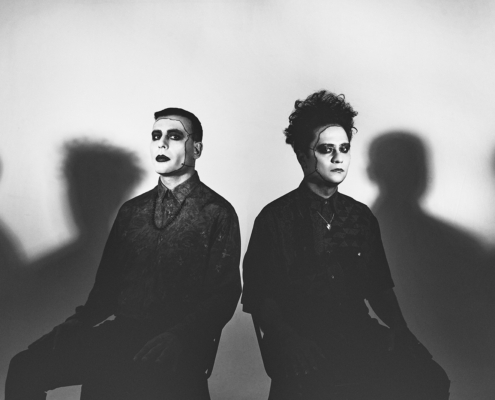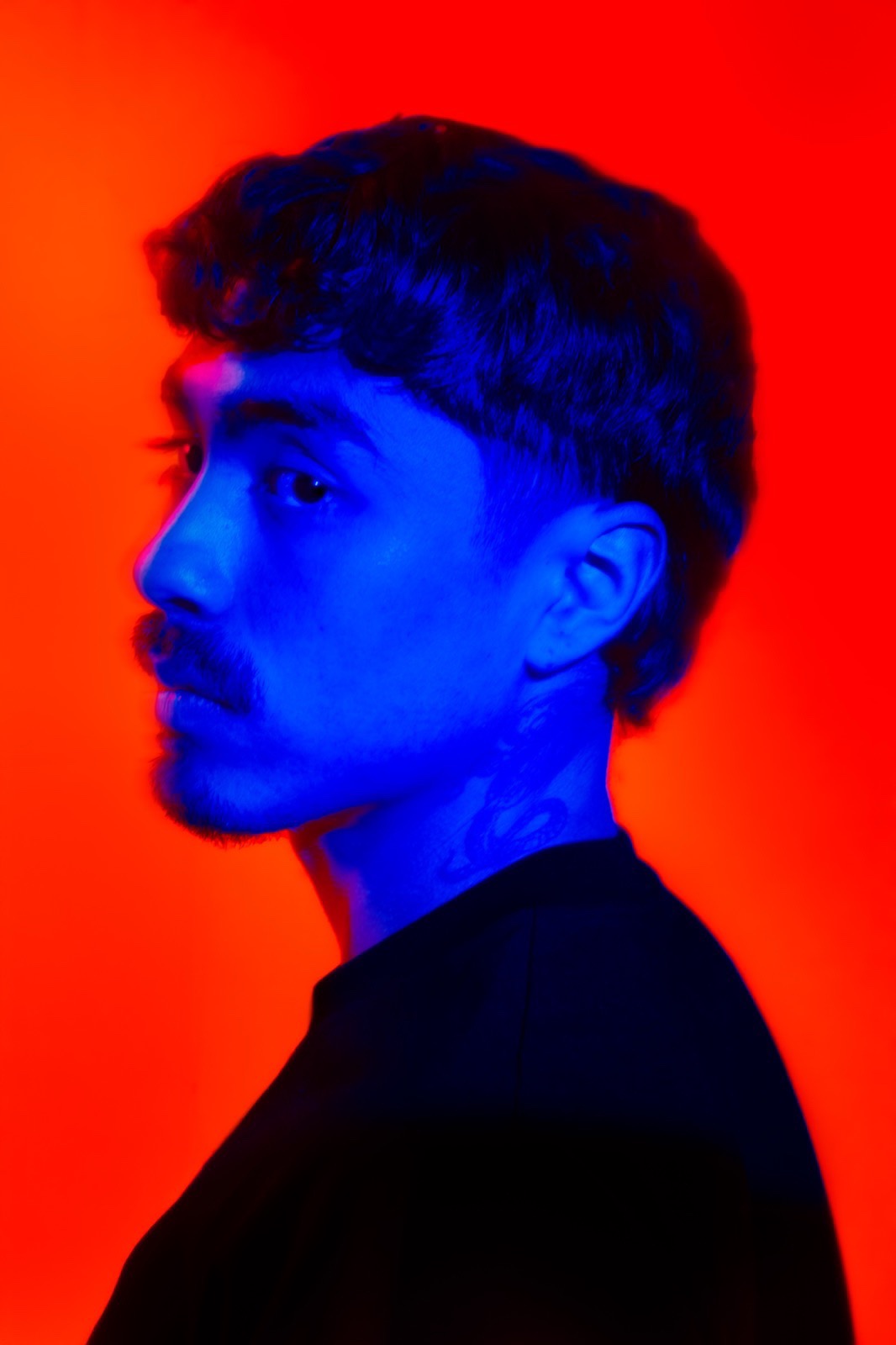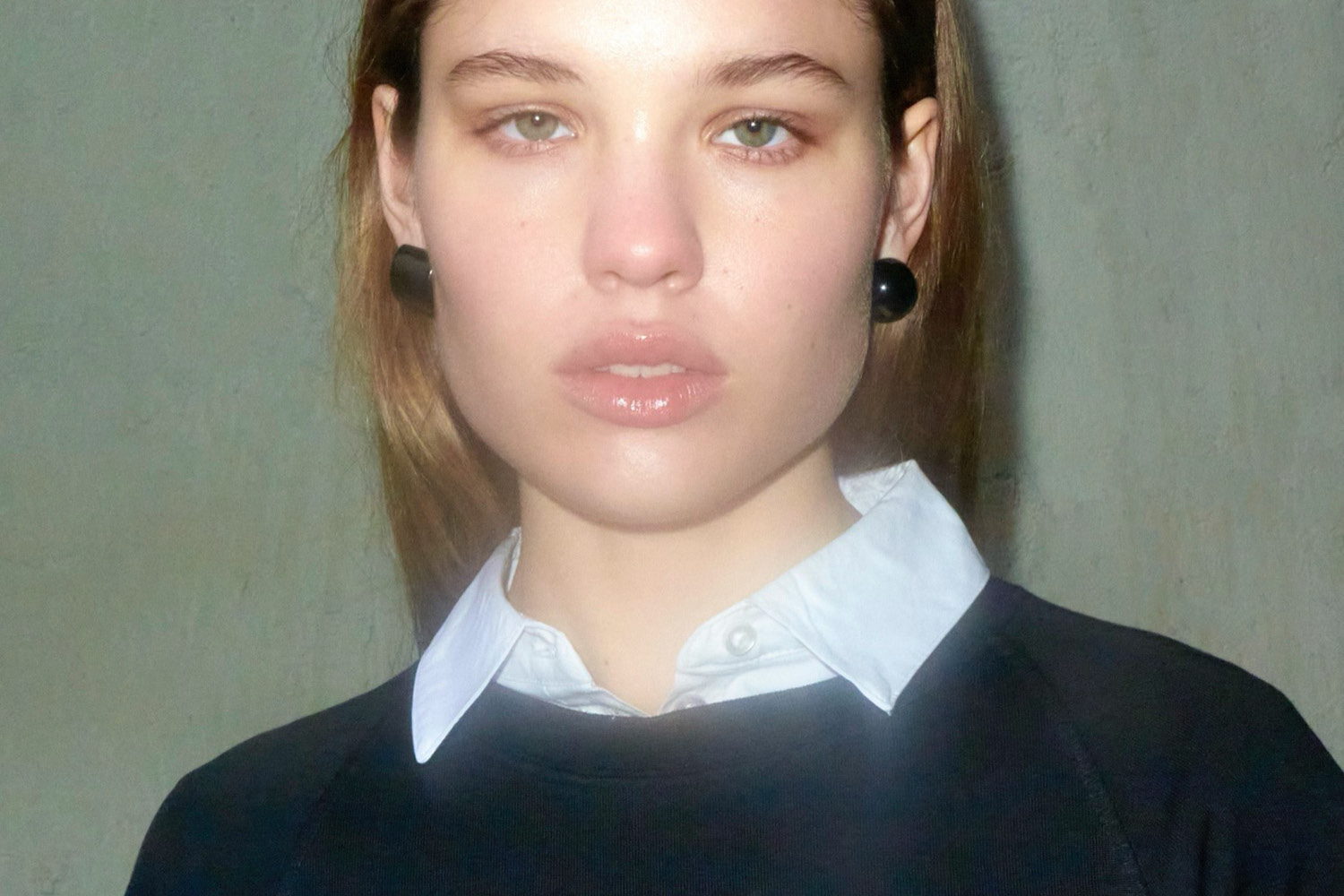Organic and living forms — exoskeletons, landscapes, cellular structures — often appear in your work, in order to be fragmented, restructured, and reimagined. What drives this attraction to biology, science, and natural matter?
At the core of my creative endeavours lies the constant theme of the reconstruction of nature. This isn’t merely an imitation of nature; rather, it’s a process of drawing inspiration from the complexity, textures, and underlying natural laws of the natural world, then deconstructing and reconfiguring them. When reconstructing nature in my work, the concepts of order and disorder are fundamentally critical. I try to offer new perspectives to the viewer’s perception by intentionally arranging natural elements and the patterns extracted from them in a disordered manner, or by strictly structuring them based on precise algorithms. This is a process of “destroying” existing order to expose hidden beauty, or “constructing” new order from chaos to prompt unexpected discoveries. Through this exploration, I aim to express, via my work, the deeper layers of nature that we often overlook in our daily lives, and the diverse manifestations brought forth by its laws.
Was there a particular moment or work in your career that marked a real turning point — a stage at which you felt you had fully condensed your expressive language?
I don’t believe there was a specific moment or work in my career that marked a clear turning point where I felt I had fully condensed my expressive language. Instead, I view my creative process as a continuous journey of trial and error and development, with each piece serving as a step towards the next. Of course, there have been significant experiences where I’ve sensed new expressive possibilities or discovered new creative methods. However, rather than being moments of “condensation,” these were catalysts for “expanding” the breadth of my expression. I consistently aim to leverage the insights gained from previous works into subsequent pieces, striving to evolve into new forms of expression, little by little.
How do emotional, sociological, and performative dimensions coexist with the technical and scientific aspects of your work? Do they collide, blend, or create tension with one another? Is there a particular sphere that exerts a deeper pull on your attention?
In my work, I perceive various elements as a single entity, intricately intertwined, coexisting, or integrated. I feel that each aspect interacts with the others, mutually enhancing the overall density of the work. They complexly merge, sometimes collide, and coexist while generating tension. These are not mutually exclusive; rather, they are indispensable components in forming the multi-layered nature of the entire piece.
In your view, what is the most radical expressive potential of using data and technological tools as artistic material? Conversely, what limitations or challenges do you most frequently encounter in this area?
I feel that the “rawness” inherent in data has the potential to create a certain radicalism. By treating real-world phenomena not as abstract concepts but as numerical values and structures, we can give viewers a more direct sensation. The expressive potential of technology, in my view, lies in its ability to transcend the limits of human perception and to create multidimensional, multi-sensory worlds that cannot be experienced in everyday reality. Conversely, the challenges I encounter with technological tools often involve technical limitations hindering the realisation of my ideas. The abstract visions I hold in my mind frequently exceed the capabilities of existing technical specifications or tools. Furthermore, there’s always the risk that the technology itself might overshadow the artwork, leading it to be perceived as merely a technological demonstration.
 https://www.nastymagazine.com/wp-content/uploads/2024/10/Mark-Blower-241016-Barbara-Sanchez-DSM-0015-HDR.jpg
1066
1600
Editor Nasty
https://www.nastymagazine.com/wp-content/uploads/2015/02/new-logo-basker-WHITE4.png
Editor Nasty2024-10-30 10:10:092024-10-30 12:15:15BSK & YBDG / Dover Street Market Paris
https://www.nastymagazine.com/wp-content/uploads/2024/10/Mark-Blower-241016-Barbara-Sanchez-DSM-0015-HDR.jpg
1066
1600
Editor Nasty
https://www.nastymagazine.com/wp-content/uploads/2015/02/new-logo-basker-WHITE4.png
Editor Nasty2024-10-30 10:10:092024-10-30 12:15:15BSK & YBDG / Dover Street Market Paris











